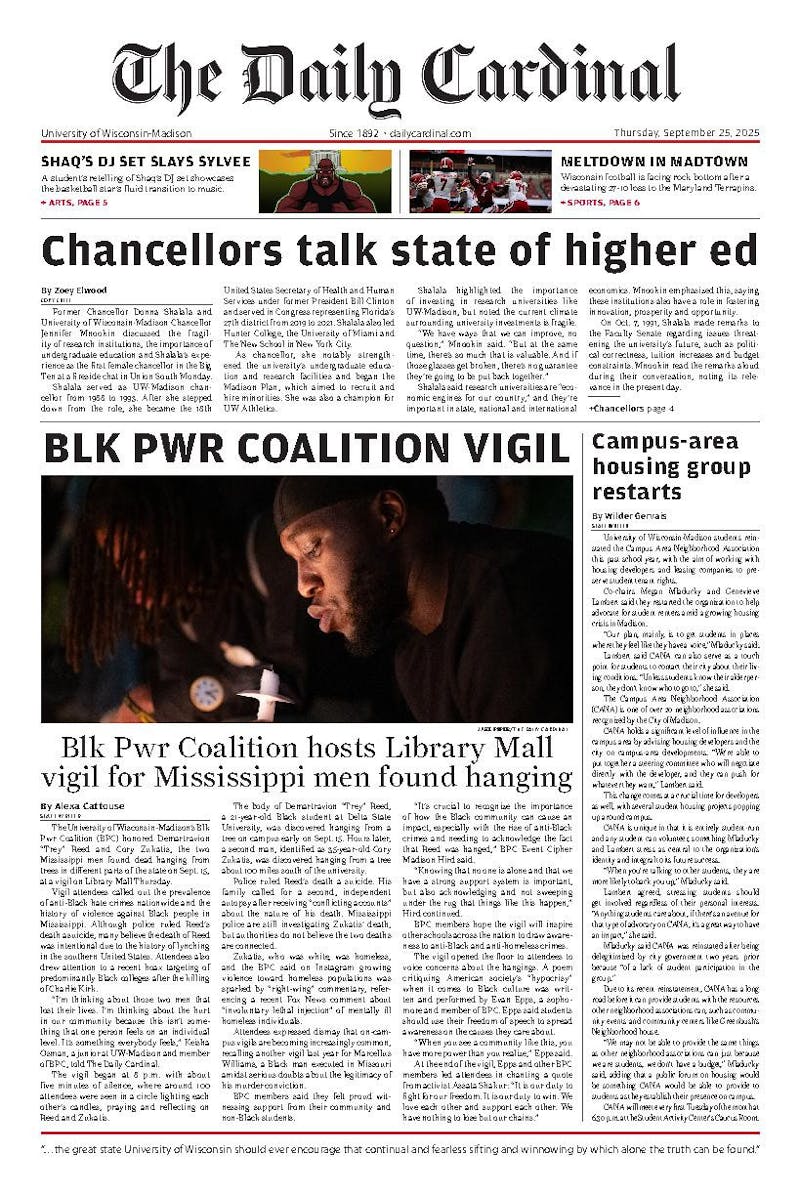Otherworldly and often hypnotic, Teenage (Original Soundtrack) represents young adults as a mix of both the peaceful and the jarring.
The album has many hints of composer Bradford Cox’s band, Deerhunter, and solo project, Atlas Sound, sprinkled throughout. Cox’s signature repetition of simple melodic lines makes the album perfect for a film soundtrack, but perhaps not the most engaging for a road trip jam session.
Spanning the 19th and 20th centuries, the film “Teenage” tells the story of how a new generation between children and adults came about in, quite literally, a coming-of-age tale.
Therefore, it would have been no surprise if the soundtrack blatantly followed the film by moving chronologically through time, but Cox manages to represent such transitions in much more subtle ways. The soundtrack weaves historical music styles into its overall contemporary feel.
Tracks like “Harlem Crepescular” have the crackling static of a gramophone while “Doctor October” bounces like a 1950s swing dance. In contrast, “Daphne Duck” pairs futuristic dissonance with a throbbing heartbeat of drums.
In general, though, it is hard to tell one track from another. Most of them, especially “New Prairie Blackout Pattern,” sound like the distant music you would hear in a flower garden with trickling fountains, wind chimes and cement statues.
However, the driving groove in “Paprika Expose” creates a welcome contrast to the first seven songs of elevator music. Overlapping siren guitars, steady cowbell and a plunking bassline is evocative of a busy New York street scene.
The first—and only—lyrics do not appear until the thirteenth song, “Kate.” With lines like “You’re so weak/You’re so sweet/You’re too good for us” in a harsh, female chant, this track shocks the listener out of the trance of the earlier mellow songs.
In addition to the overly defiant lyrics, “Kate” is underscored by grating and squeaky guitars. This track is certainly appropriate for the film’s theme of boldness and rebellion, but that does not make it any easier to listen along.
The album ends on a high note with “VHS Dream,” a melancholy version of “Carol of the Bells,” it builds from single chimes into a full-fledged electronic orchestral piece. Breaking down at the last second into chaotic static, as if adjusting the radio station, “VHS Dream” becomes a reflection of not only advanced technology, but also a dissonant age in life.
The style of Teenage is best described as atmospheric but each track seems to blend into the next without much to make it stand out.
I’m sure it will be very impressive to see how such a modern soundtrack works into a film grounded in historical events, but as a stand-alone record, Teenage is repetitive, mindless, and pretty dull.
Rating: C+





